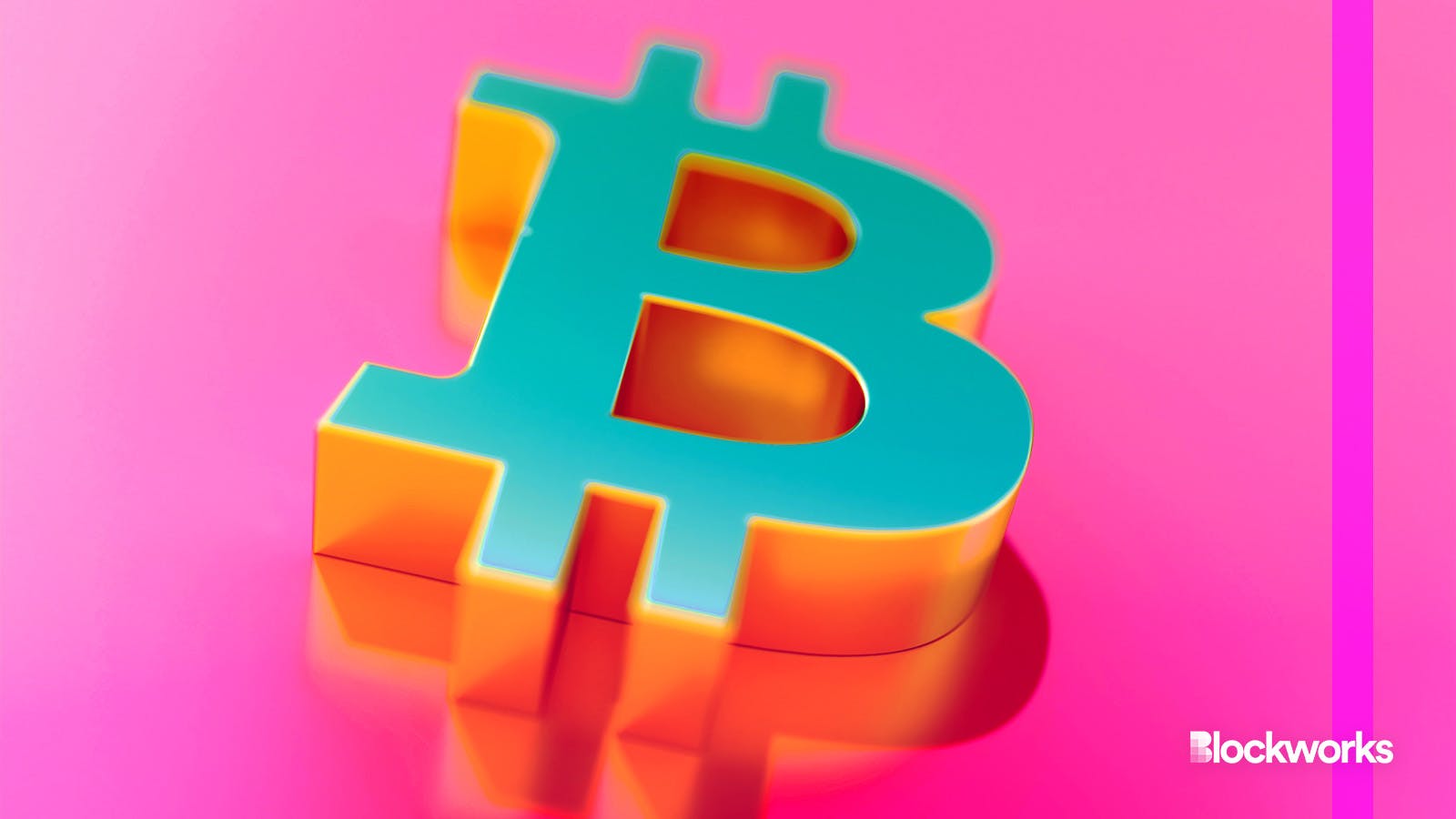Bitcoin Runes look to spice up the halving party
Billed as a better BRC-20 fungible token standard, Bitcoin Runes launches tomorrow

Maquette.pro/Shutterstock modified by Blockworks
The halving of the bitcoin block reward isn’t the only thing happening on Bitcoin block #840,000 in the early hours of April 20. The event will also mark the launch of Runes, a new standard for fungible tokens issued directly on Bitcoin.
Casey Rodarmor, the creator of Ordinals, developed Runes as an alternative to BRC-20, the first bitcoin fungible token system built on Ordinal inscriptions.
Bitcoin was not designed to support such tokens, and BRC-20s only work with help from off-chain indexers that read the data inscribed, a suave way of saying “written to” individual satoshis — rather like shoving a square peg in a round hole.
Read more: Satoshi-era Bitcoin code idea gets a boost from Taproot Wizards
Like BRC-20s as they are used today, Runes are basically memecoins. Unlike BRC-20, Runes do not depend on the Ordinals mechanism of inscribing, Rodarmor said on X.
Bitcoin‘s blockchain primarily operates on a system called UTXOs (Unspent Transaction Outputs). Each transaction generates new UTXOs, which can be thought of as individual pieces of bitcoin that have not been spent after being created in a transaction.
All the UTXOs are tracked by the network to ensure that new transactions are legitimate, meaning that the sender has the bitcoin they attempt to send.
Read more: Bitcoin’s 21 million limit is a boomer myth
“Runestones” are special messages stored in Bitcoin transaction outputs — essentially embedded scripts that specify what operations should be performed, like creating, minting or transferring runes.
Each runestone corresponds to a UTXO. One consequence of the fact that balances are stored in UTXOs is they can readily be locked in Hashed Time-Locked Contracts (HTLCs) meaning Runes can be easily integrated with the Bitcoin Lightning Network.
This compatibility is expected to facilitate faster and cheaper transactions, expanding its utility and appeal, potentially giving the runes standard an edge.
Ordinals have also been controversial for causing state bloat on the Bitcoin network, although they have been a boon for miners.
Read more: Ordinals are driving up Bitcoin fees — but that may be good for the network
The launch block coinciding with the halving was selected arbitrarily by Rodarmor. Unlike a soft fork, there’s nothing special about blocks after the halving that make it so.
But with media attention focused on Bitcoin around the quadrennial milestone, it seemed like the perfect time to push runestones on-chain.
“I’m highly skeptical of ‘serious’ tokens, but runes is without a doubt a ‘serious’ token protocol,” he said.
Get the news in your inbox. Explore Blockworks newsletters:
- The Breakdown: Decoding crypto and the markets. Daily.
- 0xResearch: Alpha in your inbox. Think like an analyst.






